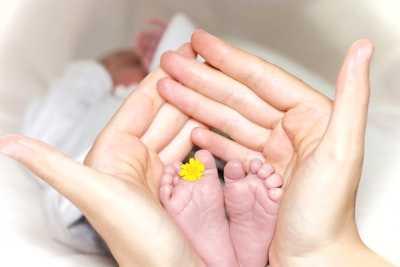Explore the World's Best Ideas
Join today and uncover 100+ curated journeys from 50+ topics. Unlock access to our mobile app with extensive features.
Social pain Vs Physical Pain
Why are our brains built in such a way that a broken heart can feel as painful as a broken leg?
When someone says, “He broke my heart,” we understand this as a metaphor. No one mistakes this for a medical emergency.
Physical and social pain seems as if they are worlds apart. Every time I experience a physical pain, I can point to a place on my body where I am feeling the pain; presumably, there is some kind of disturbance or tissue damage at the spot where the pain is coming from. When I feel social pain, where should I point to?
14
216 reads
The Language We Use
One of the obvious hints that social pain is similar to physical pain is the language we use to talk about social pain. Most of the words we use to describe feelings of social rejection or loss involve the language of physical pain. We say, “She broke my heart,” or “He hurt my feelings,” or that a girlfriend’s leaving “was like being punched in the gut.”
12
130 reads
We Form Attachments
A second piece of evidence that social pain is real pain is the separation distress that mammalian infants show when separated from their primary caregivers. Observe the intense and relentless crying and distress that can occur when a mother leaves her child. Each of us is born with an attachment system. We all inherited an attachment system that lasts a lifetime, which means we never get past the pain of social rejection, just as we never get past the pain of hunger.
14
102 reads
The 1950's Experiment on Monkeys
Newborn monkeys were raised apart from their mothers. Substituting for the mother were two surrogate “monkeys”. One surrogate was a wire-mesh frame that was constructed roughly in the shape of an adult monkey and that provided the milk the newborns needed for survival. The other surrogate was a wooden block that was covered in a layer of sponge rubber, with an outer surface of terry cloth, also roughly in the shape of an adult monkey. This cloth mother provided no milk.
14
105 reads
The 1950's Experiment on Monkeys: The Result
Which surrogate did the infants became more attached to: the one associated with nourishment or the one that felt a little more like a real mother monkey?
Soon after birth, infant monkeys were spending nearly 18 hours a day in contact with the cloth monkey and almost no time at all with the wire monkey that provided food. These monkeys were attached to the thing that felt most like a real monkey, regardless of the sustenance it provided. Given that all mammals are born incapable of caring for themselves, they all have a similar need to stay connected with a parent or caregiver.
16
117 reads
IDEAS CURATED BY
If I wasn't so much of a procrastinator I probably would get through a lot more books. If I wasn't so much of a perfectionist I probably would complete more of my work. In a nutshell I'm a pretty problematic individual!
Curious about different takes? Check out our Social Summary book page to explore multiple unique summaries written by Deepstash users.
Tiffany 's ideas are part of this journey:
Learn more about psychology with this collection
Effective note-taking techniques
Test-taking strategies
How to create a study schedule
Related collections
Different Perspectives Curated by Others from Social
Curious about different takes? Check out our book page to explore multiple unique summaries written by Deepstash curators:
5 ideas
Tuhin Purkayastha's Key Ideas from Social
Matthew D. Lieberman
Discover Key Ideas from Books on Similar Topics
6 ideas
6 ideas
The Neuroscience of You
Chantel Prat
Read & Learn
20x Faster
without
deepstash
with
deepstash
with
deepstash
Personalized microlearning
—
100+ Learning Journeys
—
Access to 200,000+ ideas
—
Access to the mobile app
—
Unlimited idea saving
—
—
Unlimited history
—
—
Unlimited listening to ideas
—
—
Downloading & offline access
—
—
Supercharge your mind with one idea per day
Enter your email and spend 1 minute every day to learn something new.
I agree to receive email updates




